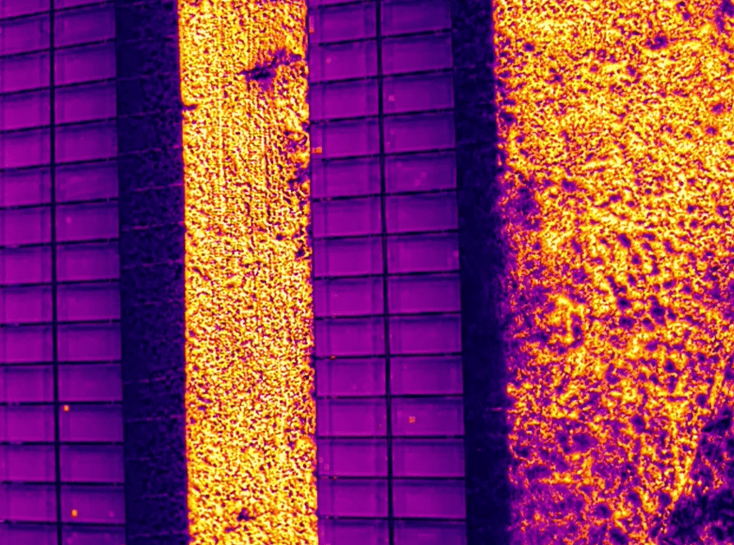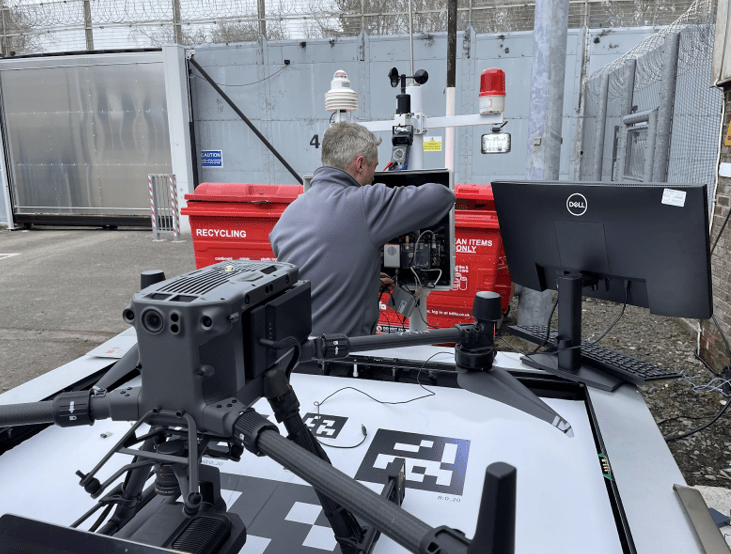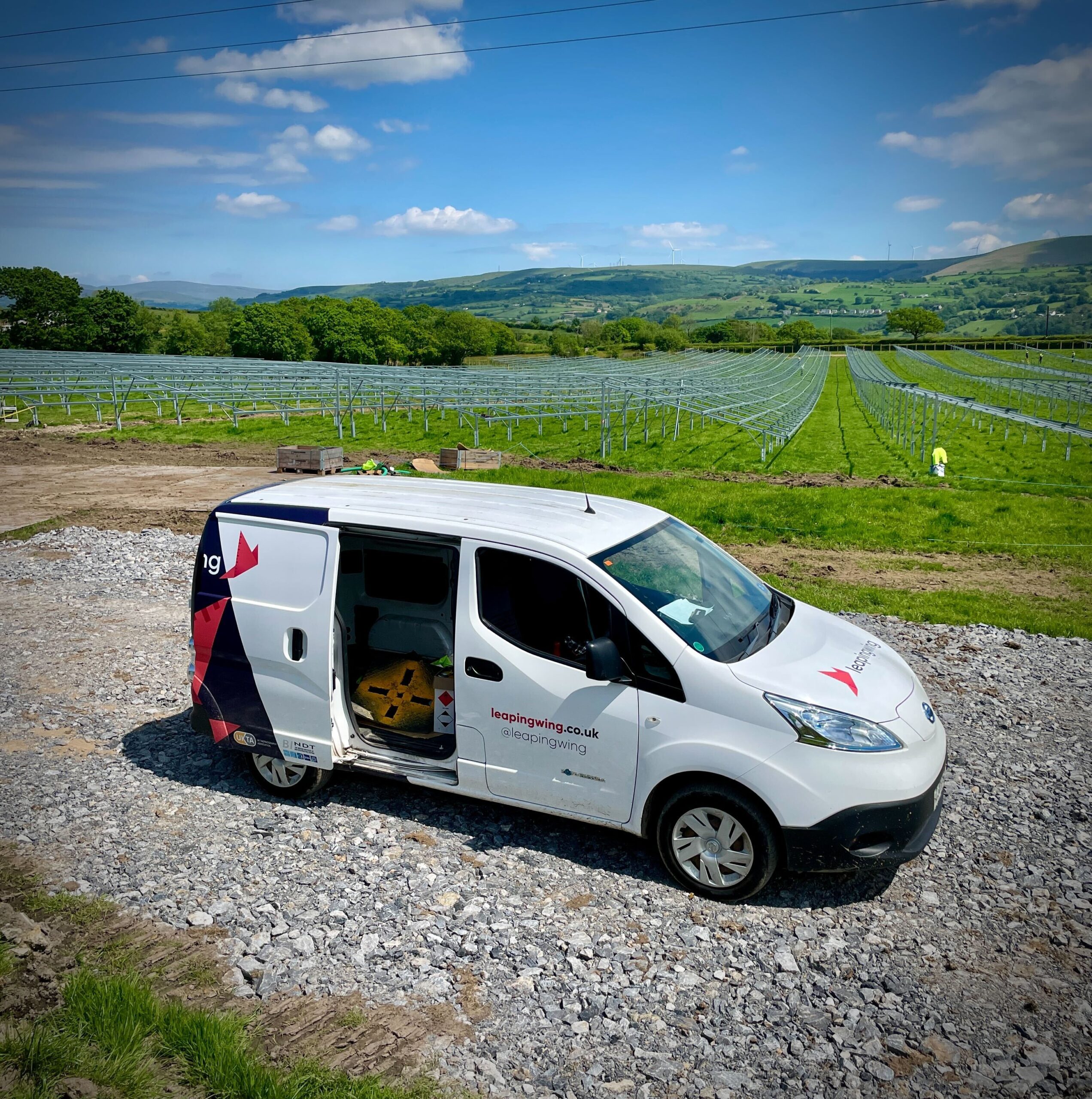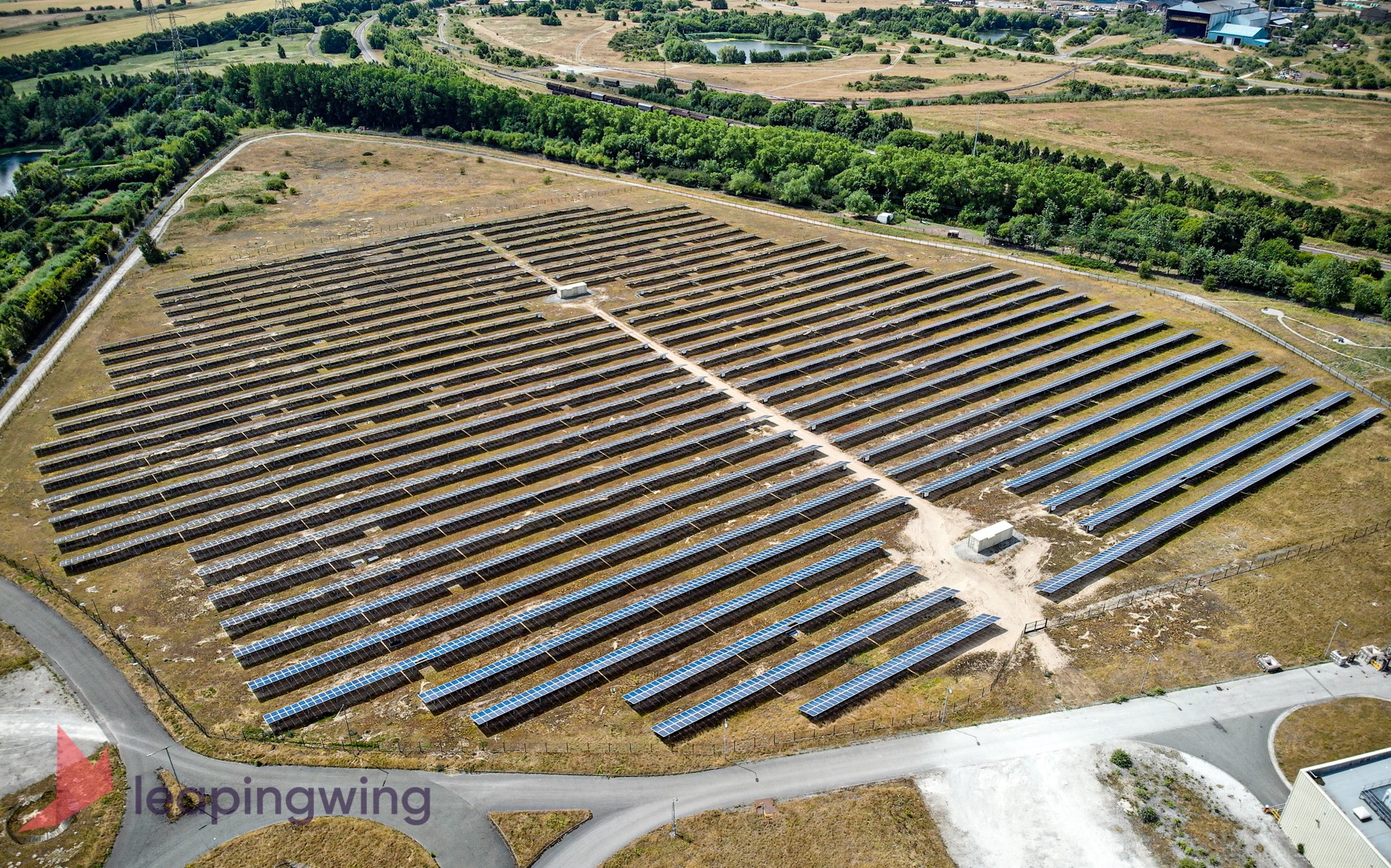We’ve been spending a lot of time on solar farms recently. Drones have become the go-to tool both for planning them and then for maintaining them.
But is it time to take the pilot out of the loop?
Why Drones?
Solar farms span vast areas, often in remote locations, making manual inspections a logistical nightmare. We’ve recently been working on sites which are upwards of 400ha.
With drones, we can cover large swathes of land quickly and efficiently, capturing high-resolution imagery and data in real-time. We can spot problems like damaged panels, dirt accumulation, and a multitude of electrical faults that might otherwise go unnoticed until they cause significant inefficiencies or outright failures.
Thermal Magic
One of the most powerful tools in our arsenal is thermal imaging. Even from the air, we can spot malfunctioning cells, a broken connection, or a need for cleaning due to dirt or debris buildup.
Thermal imaging can quickly pinpoint these issues across an entire solar farm, providing detailed, actionable reports. This allows maintenance teams to address specific problems efficiently, reducing downtime and maintaining optimal performance.

‘Drone in a Box’ Solutions
Taking drone technology a step further, ‘drone in a box’ solutions are now promising to automate the monitoring process entirely. These systems consist of a drone housed in a weather-proof docking station equipped with charging capabilities.
The drone can autonomously launch, conduct inspections, and return for recharging without human intervention. This setup eliminates the need for a pilot, allowing for inspections to be both more frequent and cost effective. And, they work. Reliably. We’ve demonstrated it.
The Regulatory Barrier in the UK
The big problem we have is regulatory constraints. In the UK, the strict regulations governing drone flights, particularly beyond visual line of sight (BVLOS) operations, present a substantial barrier.
Current regulations require that drones remain within the operator’s line of sight, limiting their range and effectiveness for large-scale inspections. Obtaining the necessary permissions for BVLOS operations involves navigating a complex and often slow-moving regulatory framework, discouraging many potential users from investing in drone technology.

Atypical Airspace: A Ray of Hope
However, there’s a glimmer of hope on the horizon with the concept of ‘atypical airspace.’ This idea involves designating specific areas, such as those surrounding solar farms and other critical infrastructure, where drones can operate under relaxed regulations. By allowing drones to fly close to these infrastructures without the usual bureaucratic hurdles, the potential for fully automated, efficient monitoring could finally be realized.
So why are we waiting?
This is the perennial question. For my money, the UK CAA, the regulator in this area, really needs to start opening the doors to this type of work. There is a frustrating (yet understandable, to an extent) obsession with airspace conflict resolution.
And yet, in a typical low level solar inspection scenario, the risks here are surely vanishingly small. In short, it’s time to get real and to start cutting through the red tape.

Getting in Touch
We regularly provide topographical surveys, visualisations & thermal surveys for solar farms and various construction sites in Wales and the West of England. We are very happy to arrange a preliminary call and site visit to discuss your requirements.

